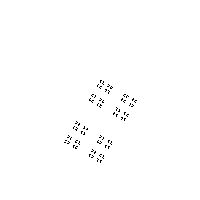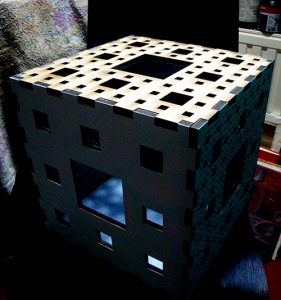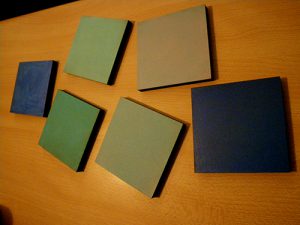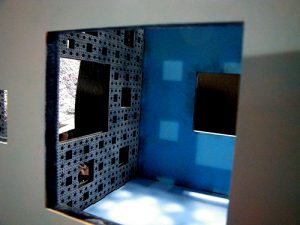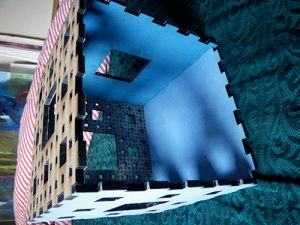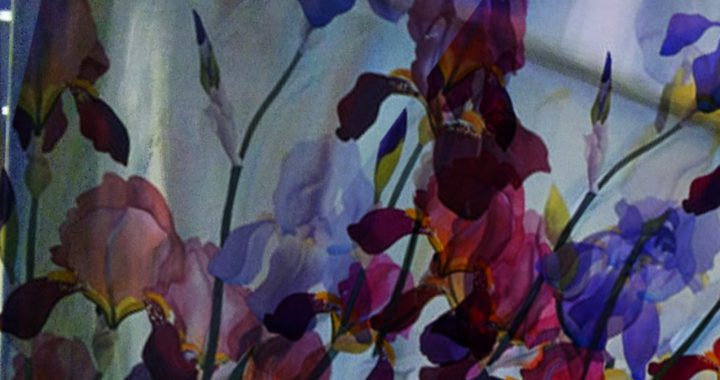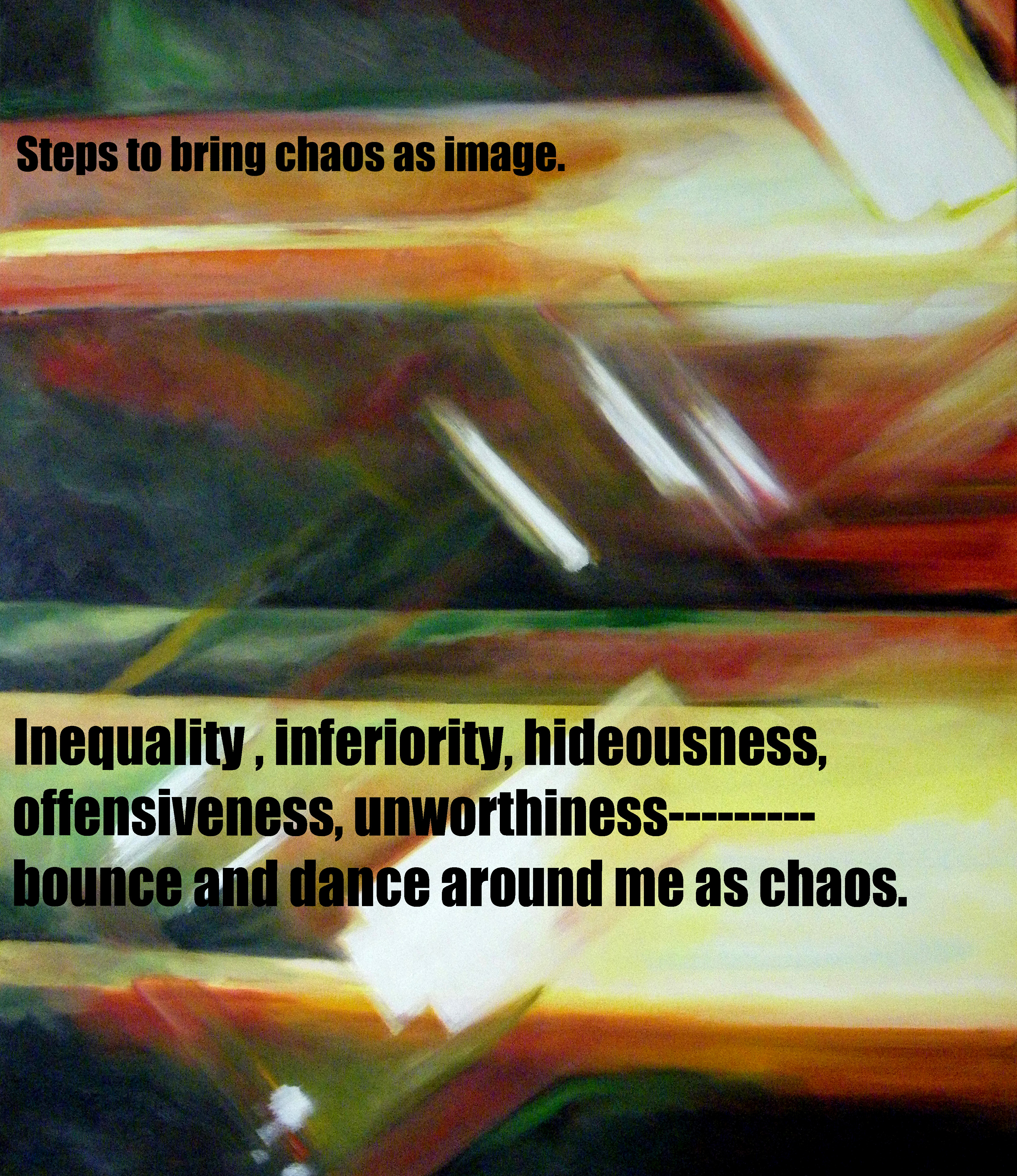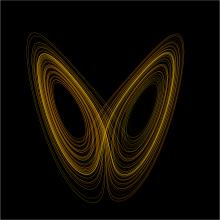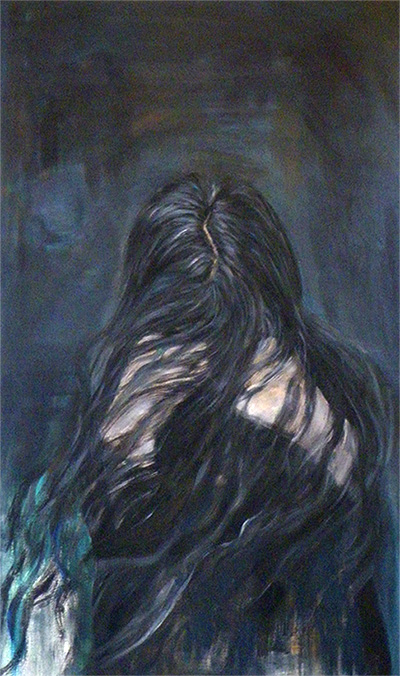Interdisciplinary Art/ Vakoverschrijdend
Teacher and Supervisor: Marc Horemans (www.marchoremans.com), SLAC Leuven
In this academic year 2017-2018, we are working with Mokuhanga -Woodblock printing (Japan) in relation with our theme Inertia.
My first attemt was with Mokuhanga to make a profile of my guru Rabindranath Tagore (author, poet, painter and philosopher whose phylosophy about life stayed with me since my childhood.
The quotation here of Tagore (in Bengali) means exactly the same as Novalis (author, philosopher and poet) which I have found very interesting.
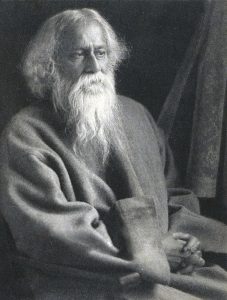
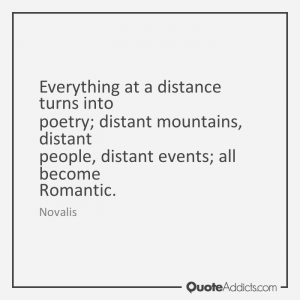
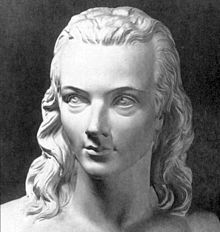
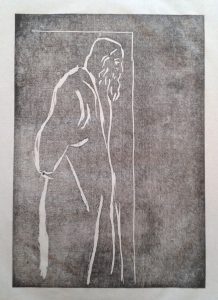 Mokuhanga work 1- Profile-Rabindranath Tagore
Mokuhanga work 1- Profile-Rabindranath Tagore
INERTIA-STEP 2
Following the theme of Inertia, we had to make a 1 minute film without any montage.
Here is mine:
Holding on and Letting go
According to Rabindranath Tagore (in his philosophical view):
‘finiteness consists in forms, while the infinite is an idea’.
We are bounded in ‘finite’ and also in ‘infinite’ situations and if the ‘infinite’ refers to just an idea, it brings ‘inertia’ for me to holding on to.
The concept for ‘holding on and letting go’ based on this ‘finite’ and ‘infinite’ dilemmas where place and time are not important or avoided with concern.
The whole idea was developed on movement (symbolic of how the way life goes on) where start and end points are not known but with an idea of expansion.
There was no slow-motion in the movement to show inertia. Following me, that is also not necessary but contrarily shows sort of unrest/stress/uncertainty.
The concern was on our daily life which is bound with dark and light moments (like in the film, sudden butterflies are passing by or the sun is shining or the clouds are taking over –without knowing or without any control).
The film is made in the same tempo and has no perspective but which implicates over the feeling of endlessness and shows an unending activity.
Light and dark play with the shadow of the person where the person is not known but yet present.
The path is chosen as free but yet fixed in direction.
Dynamism catches the absence, presence and the vanishing or disappearing moments of a situation.
INERTIA-STEP 3
We had to find a motive as inspiration to start with our work:
Mine is as below:
Motive
Contiguous, infinite,
Loose, constructive,
poly, slack, segments, arc,
rectangle, circle, spline,
within all.
It can be letters and mean something,
it can be architecture-fragile but strong
and vanishes
in its own perspectives.
Can you say what is it?
It bends, goes straight,
It can be free in its own way to its infinite.
It looks back, gives shapes
to all objects.
It holds forms of reality
as a best motive.
Can you say what is it?
It is simple in its own grace and shine
because it is just a LINE, a motive of mine.
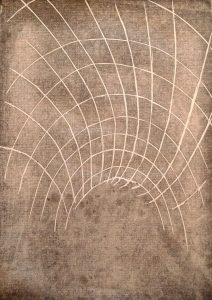 Mokuhanga work-2- Lines which take us to a distance
Mokuhanga work-2- Lines which take us to a distance
INERTIA-STEP 4
Further with :
Holding on and letting go
An idea can slip away like a bird
in any moment,
holding on to it is the main game.
My hands cannot catch it because
the idea vanishes always through my fingers to its infinite.
An idea which we cannot catch anyway
by our hands!
But hands like words tell the stories
of us as reflections in the mirrors.

Hands, their hands young with future,
danced in the light with mehndi on.
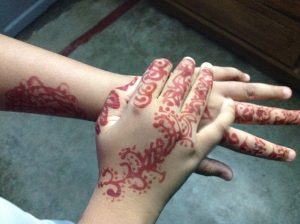
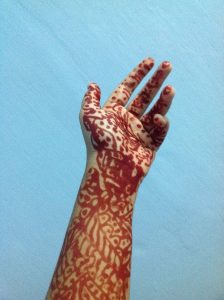
Hands, his hands were aged
where knowledge, wisdom, pain
made marks of time,


the time which got away as past
and which over I do not know much
Knowing or not knowing merge than
in my limited capability
make me paralyzed in a way.
Dynamism catches my thoughts
but I stand still.
Absence or presence,
vanishing or disappearing,
a moment of a situation
which originated long ago
but still trying to hang-on
in the memories of my shadows.
Shadows of my nostalgia
grave deep roots to my unavoidable inertia.
INERTIA-STEP 5
PITCH
“Shadows of my nostalgia as inertia: living in another country, in a different culture,
the most important thing is to merge with its own language, culture, clothing and habits.
My own language, family members, clothing style, kind of plants and flowers disappeared in my shadows of thoughts where inertia arises with its own pace.
My intention is to bring back some memories in my work to reflect my moments of inertia. “
INERTIA-STEP 6
Idea to work further with paintings:
I always take photos of shadows which has a direct link with my own feelings of inertia. So, I plan to make a series of paintings where shadows will be the main theme. Some examples are as follows:
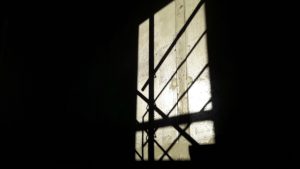
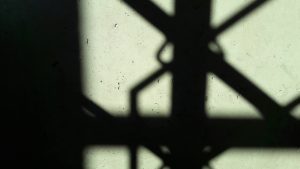
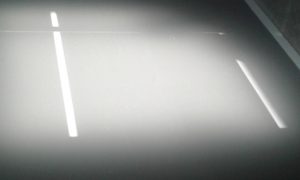
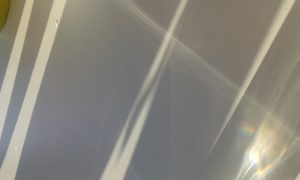
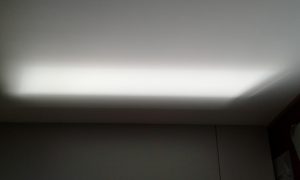
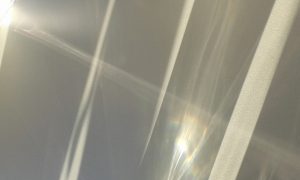
Idea to work further with Mokuhanga:
I will try to bring some patterns of saris on wood printing which my mother used to wear and write some parts of the favorite Bengali poems which my father liked the most. Those are the memories which hang certainly within my soul and stay deep down as my inertia.
INERTIA-STEP 7
PITCH- চূড়ান্ত/final/finaal
উপস্থিতি, অনুপস্থিতি, ফিরে আসা অথবা অদৃশ্য,
একটি মুহূর্ত অথবা পরিস্থিতি
যা দীর্ঘ আগে উৎপত্তি,
এখন আমার ছায়া শুধু
যেন আমার নিষ্ক্রিয়তা
গভীর অসীম অনিবার্য !
Absence or presence, vanishing or coming back, a moment of a situation which originated long ago and stays as infinite in the memories of my shadows.
Shadows of my nostalgia grave deep roots to my unavoidable inertia.
Afwezigheid of aanwezigheid, verdwijnen of terugkomen, een moment van een situatie die lang geleden ontstond en als oneindig blijft hangen in de herinneringen aan mijn schaduw(en).
Schaduw(en) van mijn nostalgie graven diepe wortels in mijn onvermijdelijke traagheid.

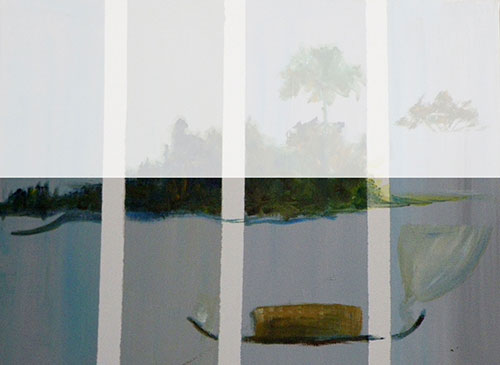












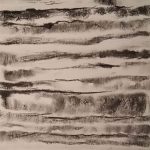

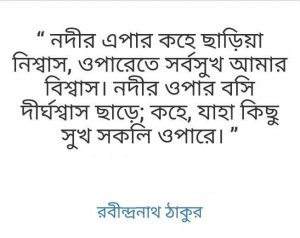



 Mokuhanga work 1- Profile-Rabindranath Tagore
Mokuhanga work 1- Profile-Rabindranath Tagore


































